February 3, 2020
Pretreatment
Part 1: Pretreatment of metallic surfaces, degreasing and cleaning parts
Various choices are available for effective surface cleaning of parts, degreasing and proper surface preparation.
Pretreatment of parts ensures multiple advantages. It strengthens the adhesion between the metal surface and the coating. It improves optics and longevity of the treated surface by ensuring a uniform surface with enhanced corrosion resistance.
Selection of cleaning process as well as equipment depends upon the following:
- Particulars of the parts to be cleaned for pretreatment, such as material composition, geometrical shape of parts, dimensions as well as size,
- Types of debris, dirt and adherent contaminants such as hard water deposits, drawing compounds, grease and lube oils, synthetic oils, rolling oils, mill scale, rust and welding debris,
- Stage of processing i.e. pretreatment cleaning, intermediate or final cleaning after coating/plating/anodizing,
- Type of final surface treatment such as anodizing, plating, or coating/painting,
- Overall throughput volume of the process (cleaning and surface treatment processes) on weight/volume per minute/hour basis.
As a part of pretreatment, cleaning parts can be accomplished by mechanical methods and chemical cleaning processes and often a combination of chemical and mechanical processes.
Mechanical methods
Mechanical methods of cleaning include the following.
- Abrasive blasting removes mill scale, rust and welding debris adhering to metallic surfaces. The grit made up of hard material such as sand is used for abrasive blast cleaning; fine grit is blasted on the metallic surface to be cleaned with the help of compressed air.
- Blast cleaned parts are burnished, buffed or further cleaned by grinding.
- However, because blast cleaning process cannot remove oily contaminants, the saponification process is used, during which alkali is added to react with oil and grease, to produce soap that can be easily cleaned by water rinsing. Complexors, used as cleaning agents, create bonds with contaminants adhering to the substrate, and facilitate their debonding from the surface to be cleaned. Thus complexors help remove contaminants from the parts to be cleaned.
- Wetting agents, which are used to break the contaminants’ bond with the substrate, help clean the tightly adhering contaminants. As they are attracted to the metallic substrate, they manage to go under the contaminant layer and enable its removal.
Chemical cleaning
Chemical treatment methods involve
- Using solutions that emulsify contaminants, resulting in the uniform dispersion of contaminant present on the surface of the parts, as well as
- Use of solvents that can dissolve the contaminants, leaving the parts with clean surfaces.
Combined cleansing methods
These combination methods include combined chemical processes as well as mechanical methods such as
- Using variable pressure sprayers of solutions that force the contaminants out from the surface as well as clean the surfaces chemically,
- Using pressure sprays with spiral sprays and brushes in a rotary motion to remove contaminants
- Immersing parts in chemicals ( cleansing solutions) and use of abrasive brushes to clean out the adherent contaminants
- Chemical cleaning solutions forming slurries with hard abrasive material are used to clean parts. The deflocculating process on the other hand, breaks the contaminant into very tiny particles, which will later get washed.
- Chemical solutions, flowing in a turbulent pattern in turbo-cleaner machines, help remove contaminants from parts.
- In Ultrasonic cleaning, the parts to be cleaned remain in suspension in a chemical cleaning solution. The ultrasonic agitation of the liquid solution causes the formation of tiny bubbles that dislodge adherent contaminants.
Potential cleaning issues include improper surface cleanliness due to inadequate mechanical force in cleaning, insufficient pressure in spray equipment, or contaminated chemical solutions. Special precautions should be taken to avoid such issues.

